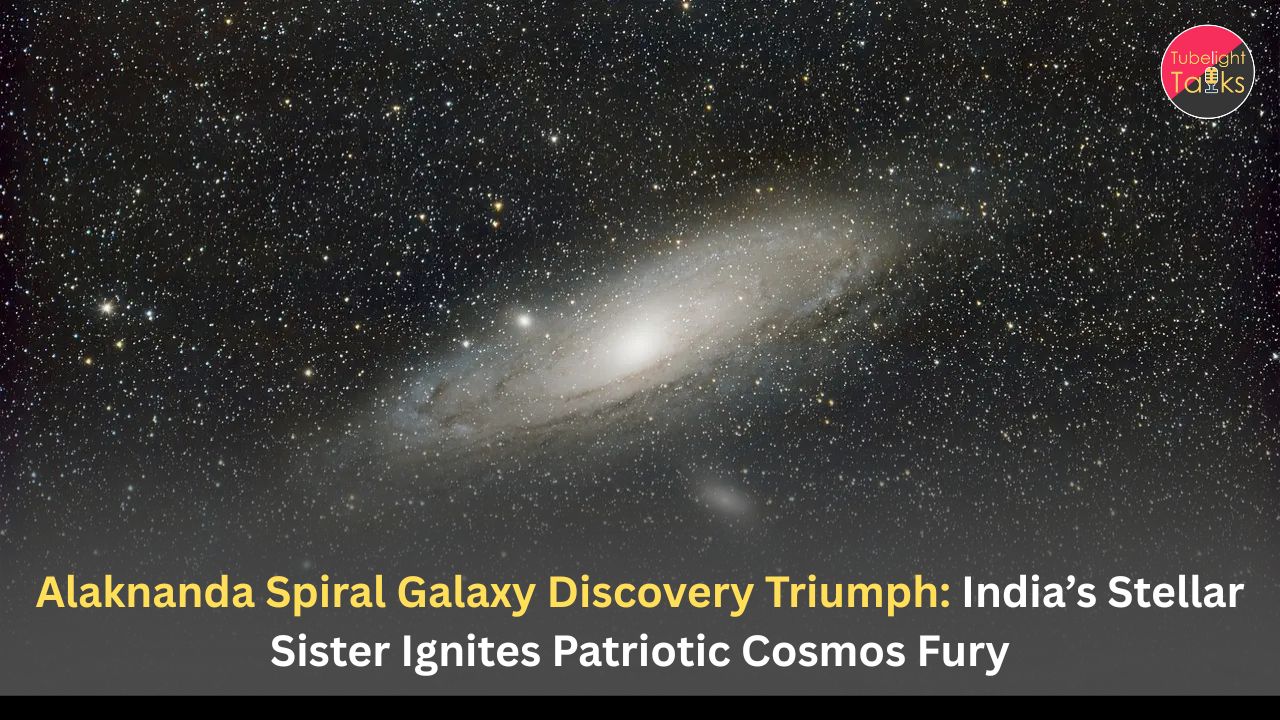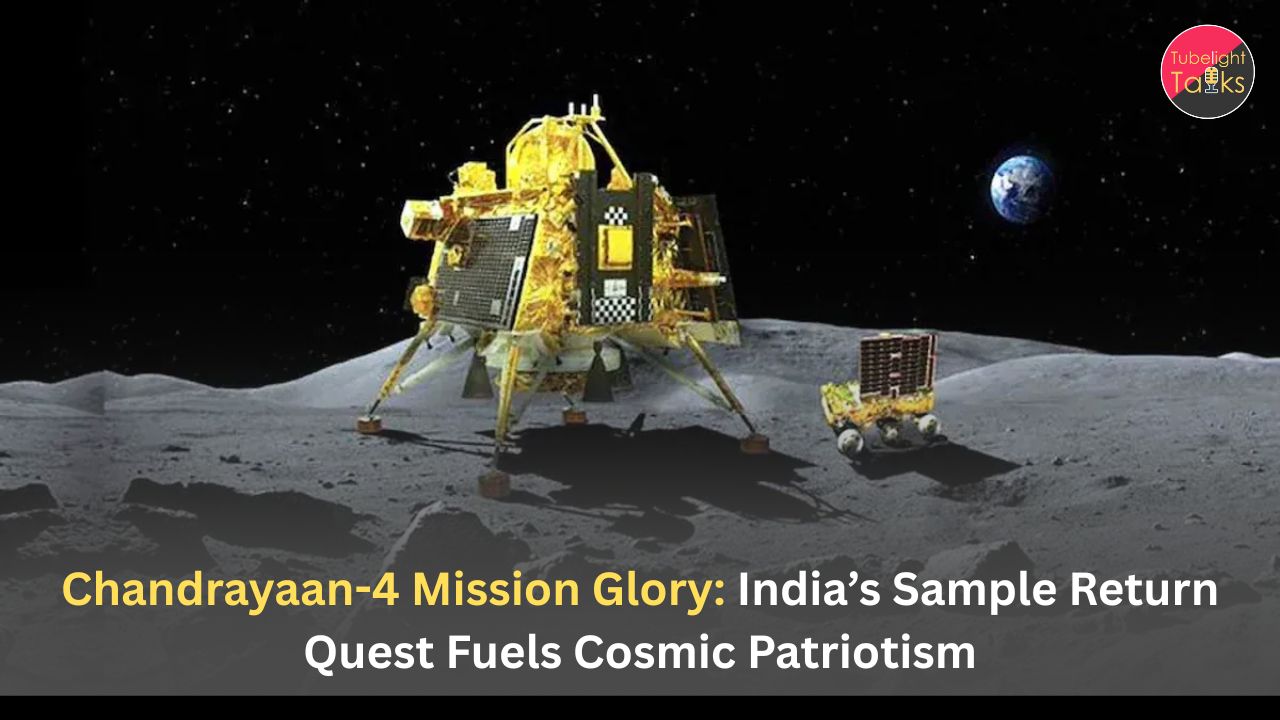The Kodaikanal Solar Magnetic Study has enabled astronomers to reconstruct the Sun’s polar magnetic field over the past century by analyzing digitized historical images from the Kodaikanal Solar Observatory (KoSO). By combining this unmatched archive with modern data from Italy’s Rome-PSPT telescope and applying advanced AI algorithms, researchers identified faint bright features near the Sun’s poles—known as the polar network—that act as proxies for the polar magnetic field.
This breakthrough offers crucial insights into the Sun’s magnetic cycles and improves predictions for Solar Cycle 25, which directly influences space weather affecting Earth.
Background: Sun’s Magnetic Field and Solar Cycles
The Sun’s 11-year solar cycles, driven by its magnetic field, influence sunspots, solar flares, and space weather conditions that can disrupt satellites, GPS systems, and power grids on Earth. Direct measurements of the Sun’s polar magnetic field began only in the 1970s, leaving a gap in understanding earlier cycles.
The Kodaikanal Observatory in Tamil Nadu has observed the Sun in the Ca II K wavelength since 1904, capturing chromospheric activity such as bright plages and networks linked to magnetic behavior, thus preserving invaluable solar magnetic data over a century.
Research Methodology and Data Analysis
By digitizing over 100 years of archived solar images from KoSO and integrating them with recent observations from the Rome-PSPT telescope, the research team employed advanced feature-identification algorithms to analyze the polar network—tiny bright features near the solar poles. These features act as potent “proxies” for measuring the Sun’s polar magnetic field strength long before direct measurements existed, allowing reconstruction of the Sun’s magnetic field over the twentieth and early twenty-first centuries.
Findings: Polar Network as a Proxy for Polar Magnetic Field
The study confirmed that the polar network reliably reflects the strength and variations of the Sun’s polar magnetic field. This novel proxy enabled the researchers to map the temporal evolution of the polar fields from 1904 to 2022. They also correlated the findings with direct measurements from Wilcox Solar Observatory for the overlapping period, validating the accuracy of their reconstruction.
Implications for Solar Cycle 25 and Space Weather Prediction
Using this historic reconstruction, the researchers estimated the strength of Solar Cycle 25, ongoing since recent years, providing refined predictions crucial for preparing against solar storms that can impact Earth’s technology-dependent infrastructure. The extended data timeline is invaluable for understanding long-term solar dynamics and improving space weather forecasting models.
Big Data and AI/ML Applications
The digitized Kodaikanal data archive represents a significant “big data” resource suitable for AI and machine learning applications, allowing automated identification of solar features and enhanced analysis of solar magnetic activity trends. This highlights the growing role of data science in advancing astrophysical research.
Embracing Knowledge and Truth in Science
Sant Rampal Ji Maharaj’s Satgyan emphasizes the pursuit of truth and knowledge for societal benefit. This pioneering research, uncovering hidden truths of the Sun’s magnetic history through meticulous data analysis and cutting-edge technology, embodies these principles. It inspires ethical scientific progress aimed at safeguarding humanity from solar-induced risks through informed, accurate forecasting.
Key Facts
- KoSO began solar observations in Ca II K wavelength in 1904, capturing chromospheric magnetic activity.
- The research team led by Dibya Kirti Mishra reconstructed the Sun’s polar magnetic field from 1904 to 2022.
- They used digitized historical images combined with modern Rome-PSPT data and AI-based feature recognition.
- The polar network acts as a reliable proxy for the Sun’s polar magnetic field strength.
- Reconstruction helped estimate the strength of the ongoing Solar Cycle 25.
- The data archive facilitates AI and machine learning research in solar physics.
Also Read: CSIR-ISRO Space Meet 2025: ISRO Chief Dr V. Narayanan Calls Gaganyaan a National Programme
FAQs: Kodaikanal Solar Magnetic Study Reveals Clues to Sun’s Future Magnetic Behavior
1. What is the significance of the Kodaikanal Solar Observatory data?
It provides over a century of solar observations preserving magnetic activity crucial for studying the Sun’s cycles.
2. What are “polar networks” on the Sun?
Tiny bright features near the Sun’s poles linked to magnetic activity, serving as proxies for the polar magnetic field.
3. How does this research help predict solar activity?
Reconstructing past polar magnetic fields improves understanding of solar cycles, aiding forecasts of solar storms.
4. What technologies were used in this research?
Digitization of historical images, AI-based feature identification algorithms, and data from international observatories.
5. How might solar storms affect Earth?
Solar storms can disrupt satellites, GPS navigation, communication systems, and power grids on Earth.
Unprecedented Insights- Past and Future
This groundbreaking study leveraging the century-old Kodaikanal Observatory archive offers unprecedented insights into the Sun’s magnetic past and future. Through innovative use of big data, AI, and international collaboration, it enables scientists to predict solar activity with enhanced precision, crucial for protecting Earth’s technological infrastructure. This research marks a significant step forward in solar physics, embodying the quest for truth and knowledge that benefits all humanity.










